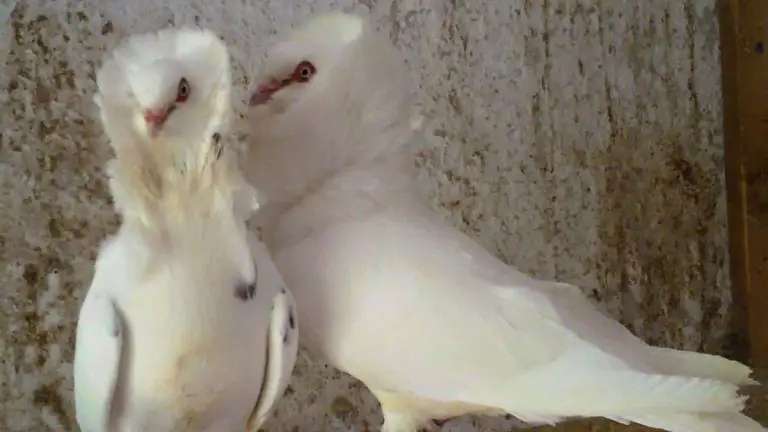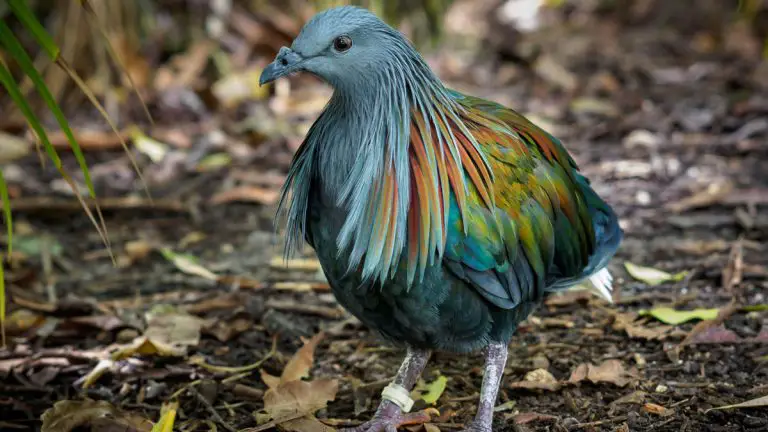A Beginner’s Guide to Pigeon Racing – How To Get Started!
Pigeons are fast birds that can fly up to 70 miles per hour on average and cover about 600 to 700 miles per day. As such, during the second world war, pigeons were used as military messengers. And in the 1800’s, pigeon racing or flying was invented. But what is pigeon flying, you ask?
As the name suggests, pigeon flying or racing is a sport comprising hundreds of birds competing against each other. The birds are usually taken miles away from their lofts and released so they can race home. And for ease of determining which is the fastest pigeon, the birds are banded on one leg.
So then, how many types of pigeon races are there, and what does one need to get started in this sport? Read our beginner’s guide to pigeon flying to learn more.
What is Pigeon Racing?
This is a sport involving specially bred and trained pigeons known as racing homers. Generally, this sport is practiced competitively in many Asian countries like Taiwan, Japan, Indonesia, China, and Bangladesh. Other countries where this sport is famous include:
- Belgium
- United States
- United Kingdom
- Australia
- Ireland

So, what is pigeon racing all about? Well, this sport involves releasing the competing birds which are banded miles away from their home loft. Once released, the pigeons must return to their loft as fast as possible.
With the help of the band, the time it takes for each bird to cover the predetermined distance is measured. This is done by dividing the distance of the bird’s flight by the time it takes to complete the race. This helps determine the fastest pigeon.
But here is the thing; a bird is considered to have completed the race once it has entered through the trapdoor of its loft. That said, shorter races may cover a distance of approximately 50 miles. On the other hand, longer races may reach up to 600 miles.
The History of Pigeon Racing
The sport of racing pigeons first began in Belgium and boasts a long history dating back to the early 1800s. In 1818, the first long-distance pigeon flying covering over 100 miles was held.
Later in 1820, another race between Paris and Liege was held. In 1823, there was also another race from London to Antwerp, Belgium.

In the late 1800s, this sport even gained more popularity in Belgium, Holland, and England. Today, you can find about 100,000 lofts in England alone and 90,000 in Holland and Belgium.
According to an article by the Canadian Racing Pigeon Union, this sport gained prominence in the United States and France in the 19th century. The sport was supported by various technologies of the era, including the railroad. There were also rubber rings with special identification numbers and racing clocks for determining the winning bird.
Types of Pigeon Races
Your birds could participate in four types of races. Let’s find out what each race is all about.

Club Races
This is a more traditional type of pigeon race, as it requires you to have your own loft. This way, once all the competing birds are released from the same starting point, they should return to their individual lofts.
One Loft Races
With one-loft races, birds belonging to different pigeon fanciers are raised by one loft manager in one loft. You only buy the pigeon (s) and pay an entry fee to have your birds looked after and trained. All the pigeons are taken to one release point and return to the same home loft.
Short and Long Races
Your birds could participate either in short or long types of pigeon races. The distance of short races ranges from 60 to 250 miles, while that of long races is between 400 and 600 miles.
Young and Adult Birds Races
Additionally, there are races for young and adult birds. Young pigeons can start racing when they are 8 or 9 months old. Meanwhile, there are races for older birds from 3 or 4 years old.
Breeds of Racing Pigeons
Pigeon flying or racing requires specific species of birds bred for the sport. Below is a list of some of the best breeds of racing pigeons.

1. Racing Homer Pigeon
This is considered the best pigeon breed for racing. It is average in size with a slim body shape. The wing and chest muscles are powerful, allowing it to compete in long races.
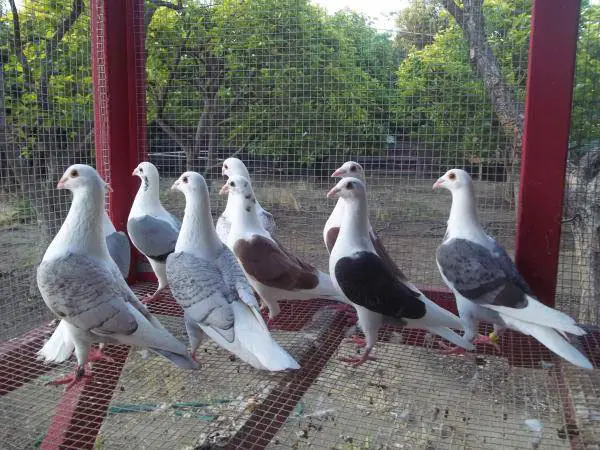
2. Chinese Owl Pigeon
The Chinese owl pigeon is a cross between the racing pigeon and the Chinese owl. This breed is well known for its profuse frilled feathers, rounded head, short beak, and small size body.
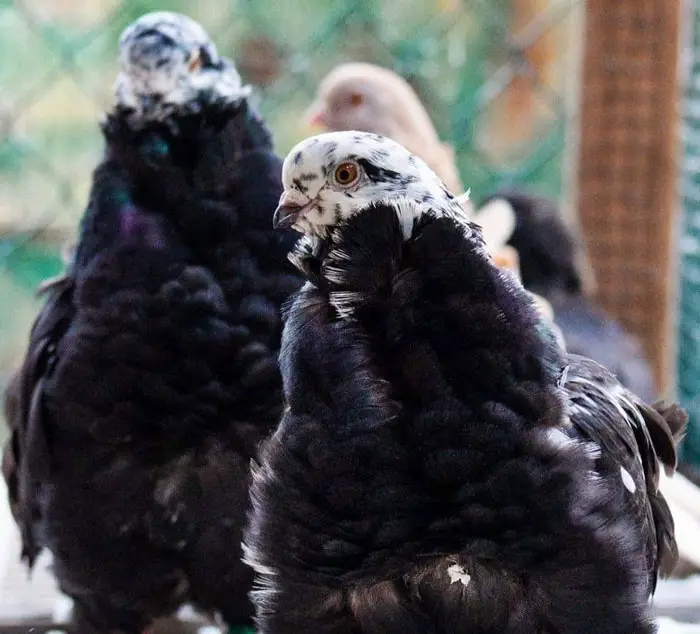
3. Fantail Pigeon
This breed is characterized by a fan-shaped tail comprising 30 to 40 feathers, which are abnormally many. The species also includes various subvarieties, including the Indian Fantail, Thai Fantail, and English Fantail.

4. American Show Racer
Also referred to as the Show Pen Racer, this pigeon is a breed of domestic pigeon originating from the United States. Breeding of this pigeon started in the early 1950s, along with the Racing Homer pigeons.
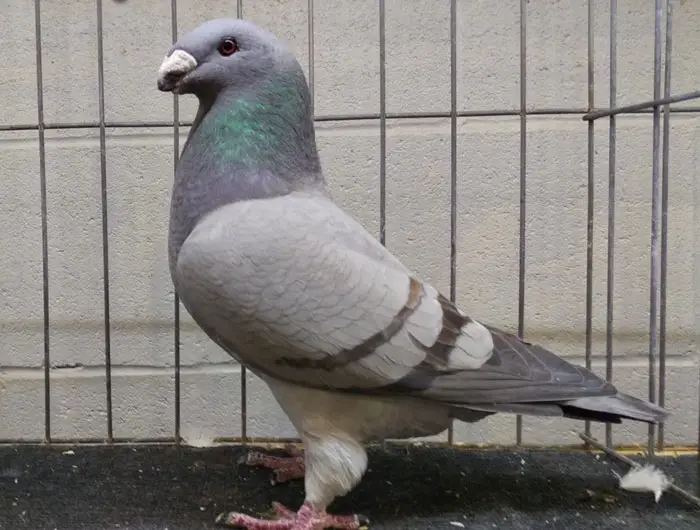
5. German Beauty Homer
The German Beauty Homer was developed in the 1900s in Germany. It was developed through crossbreeding homing pigeons and similar breeds like the Show Homer and Show Antwerp. The pigeon is known for its long and thin neck, large flight feathers, and medium size, making it an excellent racing pigeon.
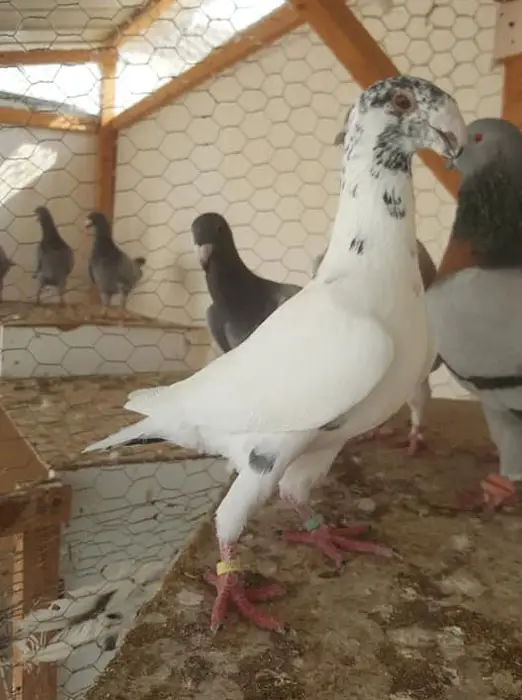
6. Modena Pigeon
This is yet another popular racing pigeon breed among pigeon fanciers. Besides using it for racing, it can be used as a pet or for exhibition. It has a prominent chest, rounded head, and uplifted wings.
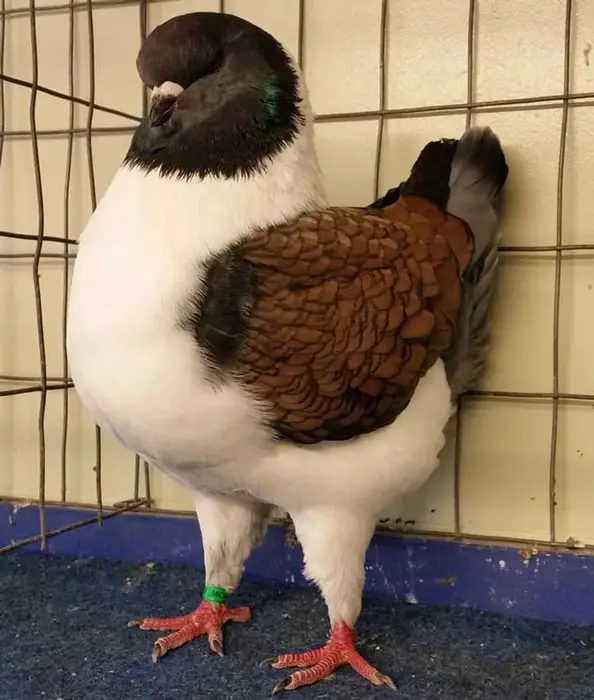
Equipment for Pigeon Racing
If you are thinking about venturing into the sport of pigeon flying, you need to have the right equipment. This includes:
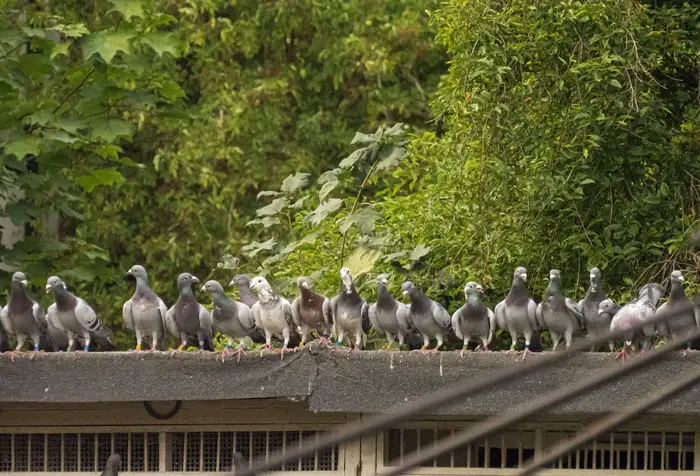
1. Pigeon Loft
You must buy a loft for your birds if you opt for club races instead of one-loft races. The loft must be spacious enough if you have many birds, well-ventilated and dry.
2. Loft Accessories
Once you have the loft, you must equip it with accessories like drinkers, nest boxes, food hops, and perches.
3. Trapdoors
Additionally, you will need a decent trapdoor, which can mean a lot of difference during the race day. After all, a race is considered complete once your pigeon enters the trapdoor.
4. Training Crates
Training crates are for transporting pigeons to the racing location. Later on, the birds are usually transferred to the club shipping crate.
So, the best containers should be lightweight and have full-length release doors for easy access. However, you don’t need a training crate when participating in one-loft races.
5. Race Clock
After returning home, the racing pigeons must be clocked to determine the fastest bird. So, you need an electronic clock or a manual clocking mechanism for this.
6. Sealed Plastic Bands
All racing pigeons must be banded on one leg with plastic bands. The bands are coded for ease of recording the winners in the race.
Getting Started in Pigeon Racing
Below we will discuss the critical considerations for getting started in the sport of racing pigeons. After having the required equipment, check the following facts.
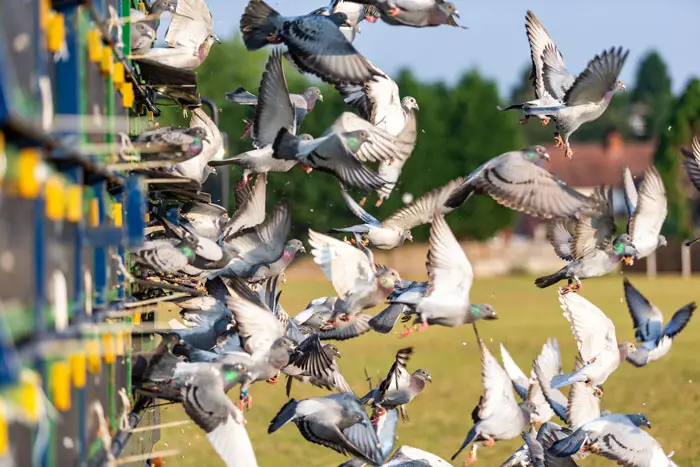
Buy Quality Birds
Once you have set up the loft, you need to buy quality birds. You should purchase young pigeons that race hard from fanciers, preferably from your district. This way, the birds can participate directly in the young pigeons’ races.
Get the Right Food
To prepare your pigeons for racing, you must provide them with a balanced diet and a few supplements. Their diet should comprise high protein feeds, vitamin supplements, and carbohydrate feeds.
Find a Mentor
Additionally, it would help if you found a mentor to teach you all the ins and outs of this sport. If you don’t know anyone, you could join a pigeon-racing club in your area.
Attend Racing Events
Once you find a mentor, ensure you attend various racing events around your neighborhood. This way, you can see for yourself how the races are conducted.
Tips for Success in Pigeon Racing

Whether you are a beginner or an experienced pigeon fancier, check out these tips for success in pigeon flying.
Tip #1: As a beginner, let your young pigeons participate in short races. Don’t overwork them with long races.
Tip #2: Build your pigeons a dry, well-lit, spacious, and ventilated loft to protect them from diseases like canker also known as trichomoniasis.
Tip #3: Having a small number of quality birds is better than a large number of average pigeons.
Tip #4: Always allow your birds enough recovery time by letting them get adequate sleep.
Tip #5: Give the birds a healthy diet to protect them from illnesses and ensure they are not sick before competing in a race.
Tip #6: Don’t buy pigeons bred year after year for pedigree lines, as they tend to be poor performers.
Tip #7: Spend quality time with your pigeons, so they gain confidence in you and love their loft.
Tip #8: Keep a record of your pigeons’ performances, habits, mistakes you have made, and ideas for improving their performances.
Tip #9: Develop a training system to help your birds build their strength and speed.
If you’re passionate about pigeon racing and want to dive deeper into this exhilarating sport, you may find our articles on pigeon auction sites and the role of training in pigeon racing valuable. Our article on pigeon auction sites explores the platforms where enthusiasts can buy and sell top-quality racing pigeons, expanding their collection and improving their racing team. Additionally, our detailed piece on the role of training in pigeon racing highlights the significance of systematic training methods, conditioning, and building strong bonds between handlers and racing pigeons for achieving optimal performance.Bottom Line
Pigeon flying or racing is a sport commonly practiced in many countries worldwide. However, the sport is believed to have originated in Belgium in the 1800s. Today, there are four popular types of pigeon races.
That said, many breeds of pigeons exist for racing to choose from. Now, if you are thinking about getting into this sport, there are various factors you must consider. Make sure your pigeons are healthy, and please, don’t allow excessive pressure on them.


